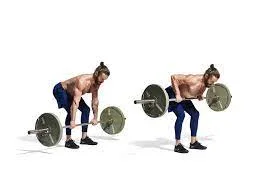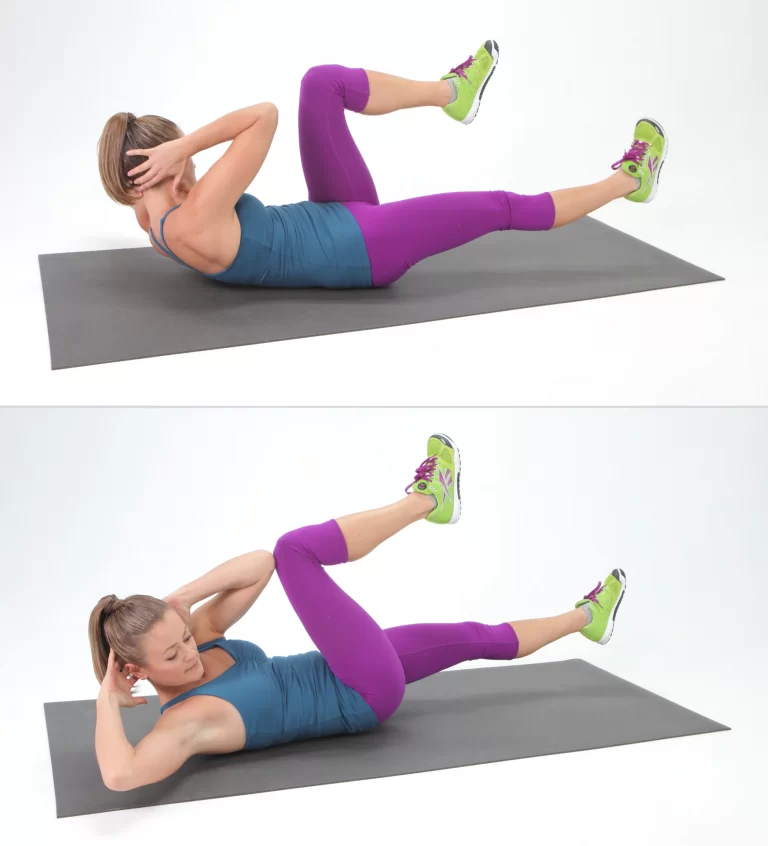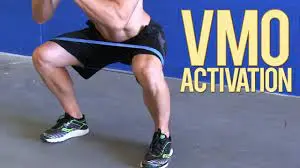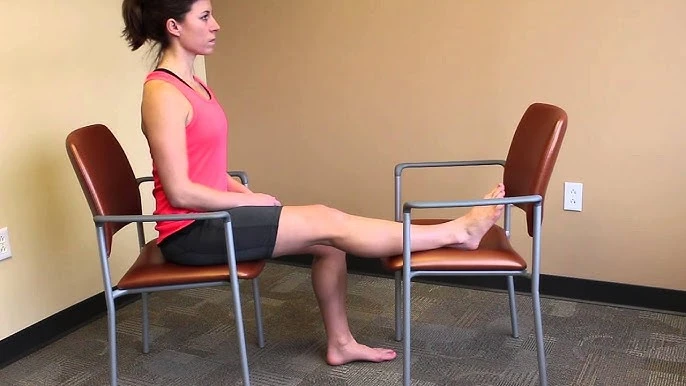Bent over row exercises: Benefits, Muscles worked, Variations, How to do?
What is a bent-over row exercise?
The bent-over row is the most important upper back exercise for generating muscle growth. Although the standard bent-over row mainly chooses your forearms and upper back muscles, variations are used to include your biceps and latissimus dorsi muscles. As with all powerlifting, exercising precaution is just as important as exercising your body to decrease your chance of injury.
The bent-over row exercise gives you back a V shape. Back muscles require perfect technique or exercise to train them, but isolation gives a perfect result.
Which muscles are used in bent-over row exercise:
There are some muscles used in bent-over row exercises are below:
Upper back muscle, latissimus dorsi,biceps brachii,trapezius,rhomboids,lower back muscles,leg muscles like hamstrings,quadriceps, glutes and so on.
Benefits of bent-over row exercise:
There are many benefits of bent-over row exercise, some are below:
- Gives overall strength of the upper body
- Makes it an easy way to perform pulling exercise
- It helps to increase stability in the body and improve your grip
- Improve good posture and help to prevent back pain
Types of bent-over row exercise:
There are some type of bent-over row exercise are:
- Barbell bent-over row
- Dumbbell bent-over row
- Bent over row machine
Barbell bent-over row

How to perform – Set the barbell on the floor. Stand so that your shins are about 15 to 25 cm far from it. Set both feet directly below their according shoulders. Slightly bend your knees. Make sure your feet remain stable on the floor. Now bend your waist until your upper torso is parallel with the ground.
Keep your chest up during bending, so that your back is straight as standing position.
Squat until your palms can reach the barbell. Hold it with a pronated grip, so that your palms face down towards the floor. Spread your hands apart as wider as your shoulders. Now straighten knees and hips, lifting with your legs, until they are back in your beginning position.
Keep your arms straight held straight down as you rise.
First, inhale. Then, without moving your upper body or legs, pull the barbell upwards with your forearms toward your lower chest. Exhale. As you start lifting, lift your elbows up and behind your upper body, unlike your either sides like wings. When the barbell reaches your upper body, use the muscles in your scapula to finish going it up.
Then hold the barbell to your chest for one or two seconds at the top of your lift. Then inhale and reverse the movement. Carefully lower the back to your starting position but not on the ground, so your elbows are fully extended.
Don’t drop the weight on the floor. Use the same control over the lowering and raising of the barbell.4 sets of 8-12 repetitions.
Bent Over Row Exercise Video
There is some variation in the barbell bent-over row :
- Pendlay row
- Yates row
- Single-arm barbell bent-over row
Pendlay row
How to perform– In your starting position, put the barbell on the floor rather than lifting it in your hand what you performed in barbell bent-over row exercise. Place your hands a few cm wider apart than you do in a standard row.
Now your arms and back muscles aren’t working more as in standard beginning positioning, compensate with a more powerful lift. This will stimulate the muscles of your spine to work more in the pendlay row rather than in the standard row.
Set the barbell back on the floor to end each lift. Then repeat. 4 sets of 8-12 repetitions.
Yates row
How to perform – starting position is standing. Keep your back straight and squat. Hold of the barbell, Grip it with a supinated grip so that your palms are facing outward. Your hand placement is a little apart from shoulder-width. Your knees slightly bend and your elbows are straight or extended while your back is straight.
Then start bending forward from your waist until it makes a 70-degree angle with the floor.
Lift the barbell at a level where your hips and lower body form a crease.
Single-arm barbell bent-over row
How to do – Stand at the one side of the barbell and bent forward to take a grip on the end of the side of the barbell plate. You need a heavy barbell to do this exercise. Stay at that position and lift the one end of the barbell upward by the side of the abdomen and lower down the weight. Repeat.
This exercise uses your biceps more than the standard rows exercise.
Dumbbell bent-over row
How to do – Start with a standing position, your legs are as apart as shoulder width and slightly bend your knees. Hold a dumbbell in your hands at shoulder-width apart, with your palms facing each other. Bending at a 45-degree angle and inhale.
Pull the dumbbells straight upward, toward the sides of your chest and exhale. Take the upper arms parallel to the shoulders or slightly lower. While lifting, keep the wrists stable as much as possible.
Lower the dumbbells in a starting position as you do inhalation. Maintain bending position until all repetitions are completed.
Variations of dumbbell bent-over row:

- Dumbbell bent-over row in a lunge position
- Single-arm dumbbell bent-over row
Dumbbell bent-over row in a lunge position
This exercise is done in a lunge position and you can use your hamstrings muscles and glutes muscles in addition to your back muscles. Some people easily balance in this position. To do this exercise, stand with one leg backwards and the other leg forward while performing dumbbell bent-over rows.
single-arm dumbbell bent-over row
Rather than lifting weights in both hands simultaneously, lift the weight in one hand at a time. Unilateral movements increase more power output than bilateral movements.
You can do a single-arm dumbbell bent-over row by switching hands right to left alternatively or by performing unilateral to complete all repetitions than do on another side.
The alternative of single arm bent row :
Kroc row
Kroc row is a dead lift accessory exercise. This involves both the legs and lower back muscles, so you can perform more repetitions and lift heavy weight compared to a single-arm row. This is a compound exercise.
How to do – Hold a heavyweight in one hand and stand with your feet around shoulder-width apart and one foot in front of the other foot.
Lean slightly forward and place your one hand on a stable bench or table, dumbbell rack, or similar objects. Your shoulders and hips are in one line. Your upper body makes a 15 degrees angle with the floor.
In an alternate position, you can do this exercise with your one knee resting on a table as you are doing single-arm rows. However, you have to keep your hips lower than regular to get the normal back angle.
Brace your core muscles to stabilize your spine and pull your shoulders back and down.
Begin the movement with your hips and legs, raise the dumbbell up and to the side of your abdomen.
Maximum contract your upper back by doing a shoulder shrug.
Lower the dumbbell and allow your shoulder to flex forward at the end of each repetition. Avoid rounding of your lower back.
Do it again and repeat, try not to pause between repetitions. 1 set of 15-40 repetitions.
Bent over row machine
How to do – This exercise is performed by using a machine. You have to lies your back on a padded cushion. Then hold a handle in both hands. Then pull the weight towards your side and release.3 sets of 15 repetitions.
Common mistakes which occur during exercise:
There are some common mistakes which done during exercise are:
- Rounded shoulders or back – Keep your shoulders square and back straight during the exercise. If your back become round, it means you may be lifting more weight than your capacity. Choose light dumbbells in staring to complete the motion in and proper manner.
- Too far lifting– Avoid lifting the weights out of the line of the shoulders. High lifting puts your shoulders to the injured area.
- Too far over bending– Forward bending greater than 45 degrees can strain your back muscles.
- Wrists bending– Try to keep the wrist joint in a static position throughout movement rather than doing up, down or side movement.
- Leg motion– Once you set your position and lift the weight after your hips and legs are still during the exercise.Don’t move your lower body by doing squat.
- Heavy Weight– Don’t lift too much weight specially this exercise which hurt your shoulders and back.







